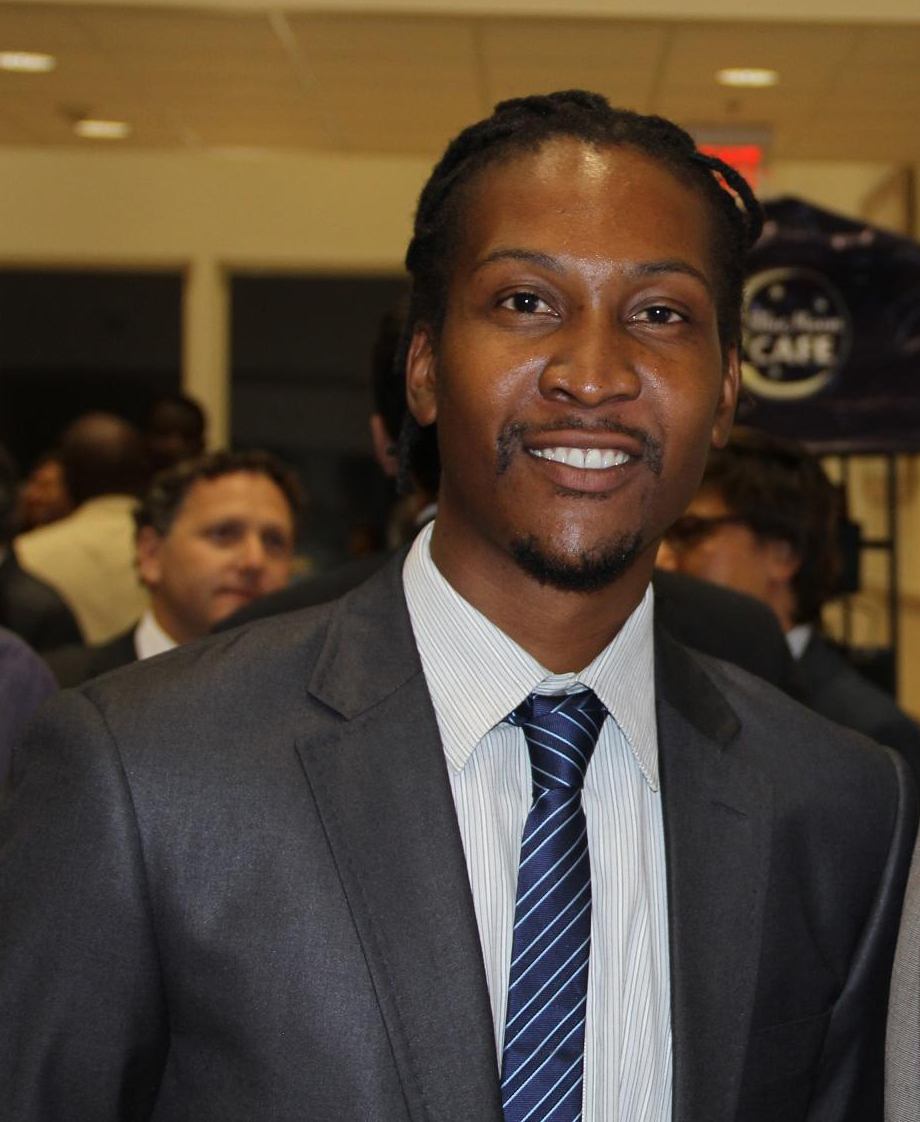By CHIMWEMWE MWALE
THE dream of most youths upon completing tertiary education is to land a white collar job and join the working class. Innocent Mileji, 27, a civil engineer, has however, defied this status quo to become an entrepreneur by merely using his acquired skills to set up a business.
A courageous Mileji resolved to establish a business along the line of his profession before he could consider job hunting.
He plans to ply his trade and could be behind some building plans of the modern impressive housing structures among others being constructed in the suburbs of Lusaka and beyond.
Mr Mileji is schooled in designing, construction, and maintenance of the physical and natural environment. This also includes works on roads, bridges, canals, dams, and buildings. Civil engineering is the oldest engineering discipline after military engineering. Mr Mileji has, however, opted to ‘kick off’ with a block making venture alongside designing and drafting. “A lot of fresh graduates would want to get jobs but I have not yet written an application letter, and trust me I don’t even have a well compiled (curriculum vitae) to submit to a prospective employer. My plan was to start up a business which I am optimistic will grow with time,” he said.
Mr Mileji appreciates the need for a graduate to get the necessary experience from a job, however, he is confident of succeeding as an entrepreneur. He may consider looking for a job after his business is well established. His line of business exposes him to working with big construction companies. “I do work with some construction companies, [though] not as my employers. They give me jobs to design and draft and sometimes to supervise some works and that way, I am acquiring some experience,” he said. However, Mr Mileji said he would like to work for a big construction or consulting company to garner the kind of experience that comes with being in employment. He started his business (block making) even before he graduated from the University of Zambia (UNZA). So far, his first block-making machine has earned him money to invest into a second machine. Mileji chose to take his business outside Lusaka to Sesheke where he has better business opportunities.
He recounts that he developed business ideas during his second year of study at UNZA after acquiring skills in physical drawing when he was on industrial attachment. “My skills in computer-aided drafting made me develop particular interest in structures and thus structural design. This enabled me to learn other computer-based structural design software.”
“When I learnt drafting it was like I became the best [in class] and I can boast that I was really an inspiration to my classmates,” he reminisced. Though at the time Mr Mileji could only work under the supervision of qualified engineers as it is against the law for one to practice before registering with the Engineering Institute of Zambia (EIZ). Mr Mileji said the experience he acquired while studying enabled him to come up with a unique project for his final year exams. “I actually designed a four story hostel. I designed it from the scratch… It was a milestone achievement. I was happy to design at that level, on my own, with the supervision of my lecturers,” he remembers proudly. Born to John Mileji and Lydia Kasaji in Kalabo, Mr Mileji went to Kikombe Primary School in Solwezi and completed his secondary school at Solwezi Technical in 2004. He proceeded to study civil engineering at UNZA in 2006. Mr Mileji who has employed ten people at his Mictrends Enterprises can best be described as versatile and self-motivated. “In school [UNZA] I was able to live an above average life because I was able to get extra cash from my drafting skills and even now I am able to design just any structure. There are very few buildings especially in Zambia that I can’t design,” he said.
He says he hunts for private jobs in collaboration with other engineers. Mr Mileji urged students and fresh graduates to tow his line of business. “My encouragement to would-be engineers and fellow fresh graduates is that let us not be disappointed that somebody is not offering us jobs. Let us look within our own abilities,” he said.
“There are some people who are employed, yet they are not content with what they are getting [income], so why not create jobs for other people,” Mr Mileji said. He is however, ‘shy’ to state how much income is netted monthly from the business, saying he is allowing the business to grow without syphoning any profits from it. “Running a business requires discipline, so for now, I have committed myself to growing the business. Whatever money that comes in, I put it back in the business,” Mr Mileji said. Mr Mileji who is single but ‘not available’ said he earns extra income from architectural works to allow Mictrends Enterprises overcome the challenges associated with laying a business foundation. Youths must indeed aim high and endeavor to take the driving seat and contribute to job creation and subsequently, national development.
SOURCE:ZAMBIA DAILY MAIL
THE dream of most youths upon completing tertiary education is to land a white collar job and join the working class. Innocent Mileji, 27, a civil engineer, has however, defied this status quo to become an entrepreneur by merely using his acquired skills to set up a business.
A courageous Mileji resolved to establish a business along the line of his profession before he could consider job hunting.
He plans to ply his trade and could be behind some building plans of the modern impressive housing structures among others being constructed in the suburbs of Lusaka and beyond.
Mr Mileji is schooled in designing, construction, and maintenance of the physical and natural environment. This also includes works on roads, bridges, canals, dams, and buildings. Civil engineering is the oldest engineering discipline after military engineering. Mr Mileji has, however, opted to ‘kick off’ with a block making venture alongside designing and drafting. “A lot of fresh graduates would want to get jobs but I have not yet written an application letter, and trust me I don’t even have a well compiled (curriculum vitae) to submit to a prospective employer. My plan was to start up a business which I am optimistic will grow with time,” he said.
Mr Mileji appreciates the need for a graduate to get the necessary experience from a job, however, he is confident of succeeding as an entrepreneur. He may consider looking for a job after his business is well established. His line of business exposes him to working with big construction companies. “I do work with some construction companies, [though] not as my employers. They give me jobs to design and draft and sometimes to supervise some works and that way, I am acquiring some experience,” he said. However, Mr Mileji said he would like to work for a big construction or consulting company to garner the kind of experience that comes with being in employment. He started his business (block making) even before he graduated from the University of Zambia (UNZA). So far, his first block-making machine has earned him money to invest into a second machine. Mileji chose to take his business outside Lusaka to Sesheke where he has better business opportunities.
He recounts that he developed business ideas during his second year of study at UNZA after acquiring skills in physical drawing when he was on industrial attachment. “My skills in computer-aided drafting made me develop particular interest in structures and thus structural design. This enabled me to learn other computer-based structural design software.”
“When I learnt drafting it was like I became the best [in class] and I can boast that I was really an inspiration to my classmates,” he reminisced. Though at the time Mr Mileji could only work under the supervision of qualified engineers as it is against the law for one to practice before registering with the Engineering Institute of Zambia (EIZ). Mr Mileji said the experience he acquired while studying enabled him to come up with a unique project for his final year exams. “I actually designed a four story hostel. I designed it from the scratch… It was a milestone achievement. I was happy to design at that level, on my own, with the supervision of my lecturers,” he remembers proudly. Born to John Mileji and Lydia Kasaji in Kalabo, Mr Mileji went to Kikombe Primary School in Solwezi and completed his secondary school at Solwezi Technical in 2004. He proceeded to study civil engineering at UNZA in 2006. Mr Mileji who has employed ten people at his Mictrends Enterprises can best be described as versatile and self-motivated. “In school [UNZA] I was able to live an above average life because I was able to get extra cash from my drafting skills and even now I am able to design just any structure. There are very few buildings especially in Zambia that I can’t design,” he said.
He says he hunts for private jobs in collaboration with other engineers. Mr Mileji urged students and fresh graduates to tow his line of business. “My encouragement to would-be engineers and fellow fresh graduates is that let us not be disappointed that somebody is not offering us jobs. Let us look within our own abilities,” he said.
“There are some people who are employed, yet they are not content with what they are getting [income], so why not create jobs for other people,” Mr Mileji said. He is however, ‘shy’ to state how much income is netted monthly from the business, saying he is allowing the business to grow without syphoning any profits from it. “Running a business requires discipline, so for now, I have committed myself to growing the business. Whatever money that comes in, I put it back in the business,” Mr Mileji said. Mr Mileji who is single but ‘not available’ said he earns extra income from architectural works to allow Mictrends Enterprises overcome the challenges associated with laying a business foundation. Youths must indeed aim high and endeavor to take the driving seat and contribute to job creation and subsequently, national development.
SOURCE:ZAMBIA DAILY MAIL







